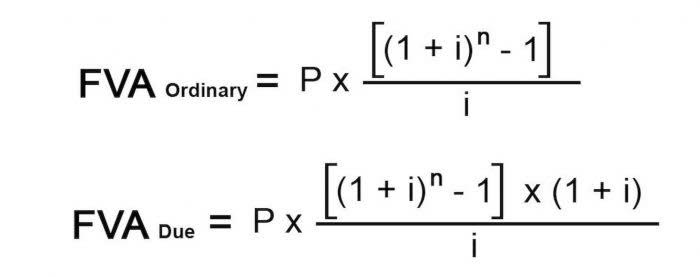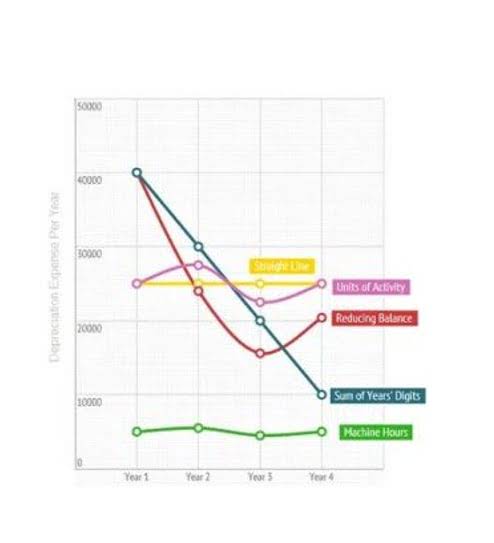
Therefore, it is essential for every entity to analyze its financial condition and find out ways how to increase sales revenue. Sales revenue is the income that any business entity can earn after selling its goods and services. It is the foundation of any financial analysis of the current position, forecasting the future performance and planning for further development and expansion. Prioritizing profit from day one means making smarter financial decisions, not just selling more. Regular financial reviews help track profitability, while setting clear profit goals ensures you’re building a sustainable business, not just a high-revenue one.
How to move potential customers down your sales funnel
Some different metrics are going to provide value to different business owners. Profit margins, of course, are one of the biggest metrics for you to measure and monitor. Cold email outreach is the most cost-effective prospecting strategy for improving sales revenue, especially with the right tools.
- Non-operating revenue can also come from one-time events, such as the sale of assets or litigation settlements.
- Dynamic pricing, commonly used in industries like airlines and hospitality, adjusts prices based on real-time supply and demand.
- Again, it all depends on your industry, but many business owners consider a DSO of 45 and above “high” and not favorable.
- The sales velocity formula gives you a quantifiable way to measure how quickly your sales team is generating revenue.
- As a small business owner, keeping track of total revenue is critical for evaluating your financial health.
Masters In Marketing
Opened in 2008, it serves as a gateway to many trails and other nature-viewing activities in the area. The Trinity River Audubon Center is the first LEED-certified building built by the City of Dallas Parks and Recreation Department. Named after Klyde Warren, the young son of billionaire Kelcy Warren, the 5.2-acre Klyde Warren Park was built above Woodall Rodgers Freeway and connects Uptown and Downtown, specifically the Arts District. Klyde Warren Park is home to an amphitheater, jogging trails, a children’s sales revenue formula park, a dog park, a putting green, croquet, ping pong, chess, an outdoor library, and two restaurants. Food trucks give another option of dining and are lined along the park’s Downtown side. The Dallas Magpies, founded in 1998, compete in the United States Australian Football League.
- More specifically, we are talking about money owed for goods or services provided on a credit.
- White Rock Lake and Joe Pool Lake are reservoirs that comprise Dallas’s other significant water features.
- The Dallas area is a major living destination for Mexican Americans and other Hispanic and Latino American immigrants.
- 11 Financial may only transact business in those states in which it is registered, or qualifies for an exemption or exclusion from registration requirements.
- Which could lead to much-needed changes in credit and payment terms on a case-by-case system.
Ask a Financial Professional Any Question
White Rock Creek feeds into White Rock Lake and then exits into the Trinity River southeast of Downtown Dallas. Trails along White Rock Creek are part Bookkeeping for Painters of the extensive Dallas County Trails System. Further east, in the southeast quadrant of the city, is the large neighborhood of Pleasant Grove. Once an independent city, it is a collection of mostly lower-income residential areas stretching to Seagoville in the southeast. Though a city neighborhood, Pleasant Grove is surrounded by undeveloped land on all sides. Swampland and wetlands separating it from South Dallas are part of the Great Trinity Forest,57 a subsection of the city’s Trinity River Project, newly appreciated for habitat and flood control.
Let’s break down the real profit formula, which is what makes a business financially successful:
With good sales revenue numbers, I’ve seen how companies appear more attractive to investors and other external stakeholders. Sales revenue is the first metric reported on an income statement, and it’s the lifeblood of any business. In this blog, I’ll be distilling everything I’ve learned about sales revenue and using it as a tool for business growth. Although profit might be the major petty cash focus of the smaller business entities, another financial term is just as important.
Feeds Into Profitability

AR refers to the outstanding invoices or overdue payments owed to a business. More specifically, we are talking about money owed for goods or services provided on a credit. Too many overdue payments and you’re looking at an accounting nightmare. A low DSO keeps your revenue flowing, thus simplifying your day-to-day AR activities. No matter what your position in the company is, understanding DSO and the role it plays in your revenue cycle is key.
- Benioff referred to a forthcoming product in the area of information technology service management, where ServiceNow operates.
- 11 Financial is a registered investment adviser located in Lufkin, Texas.
- For instance, changes in VAT rates or import tariffs may alter revenue potential.
- Income statement forecasting uses sales revenue to predict other line items like gross profit, operating income, depreciation and amortisation.
- The company would not recognize the full amount of revenue until the customer has used the program for 12 months.
- They are reported on the income statement, not the balance sheet where assets are listed.
- This will give you a birds-eye view of how each product or service contributes to your business’s overall revenue.
The balance sheet shows your business’s overall financial position at a specific point. This will give you a birds-eye view of how each product or service contributes to your business’s overall revenue. However, you report the revenue in the month that product delivery or service fulfilment occurs under the accrual accounting method. You’re an e-commerce retailer that sells activewear, and you’d like to know the sales revenue for a particular line of leggings in the previous month. The terms sales revenue and revenue are often used interchangeably, but there are some key differences.

Track sales revenue, make better business decisions

Sales is the income a business generates by selling its goods and services. Meanwhile, revenue is a business’s income from all sources, including sales. Sales revenue is a company’s income generated through the sale of goods or services. The figure is usually reported for a fixed period — generally by month, quarter, or year.
Revenue gets included on your income statement, and it’s usually on the first line. And this line item on your income statement is one of the biggest factors in understanding your business’s financial health. However, if you’re a product-based business, the formula for calculating sales revenue would look like the following. Total revenue is any income that’s generated from the total sales you make, regardless of the main revenue source. So, any revenue generated from sales, investments, marketing or customer success gets included.
